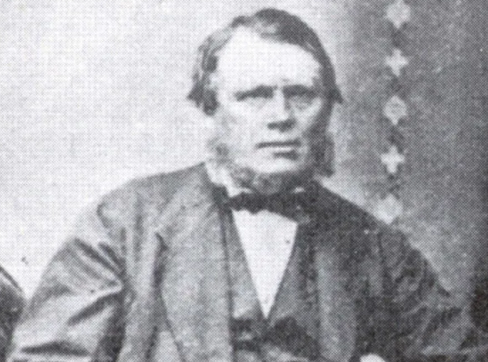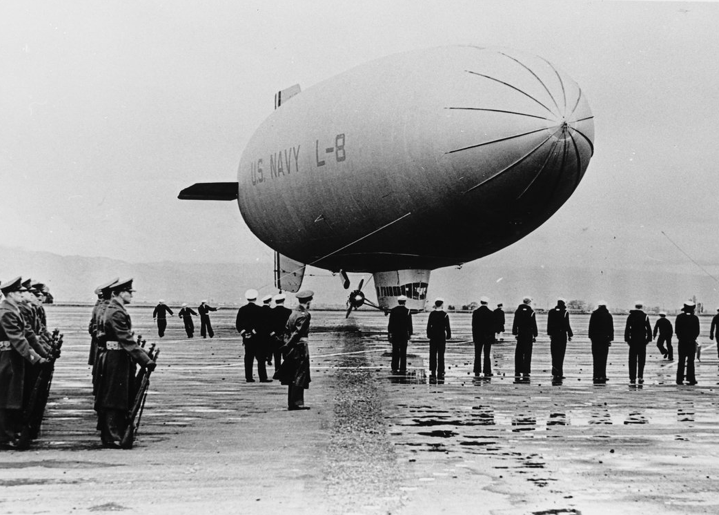An Ancient Egyptian Temple in Tennessee?
A photo of the alleged Egyptian temple in Tennessee when it was first discovered. Photo: Ancient Pages
Some researchers believe that an archaeological site unearthed in Tennessee may have been created by ancient Egyptians.
Where is the Ancient Egyptian Temple in Tennessee?
The approximate location of the Egyptian Temple in TN. It is now underwater.
The archaeological site in question is known as the Cox mound and is located about 9 miles west of Clinton, Anderson County, Tennessee.
J. Rendel Harris and “A Temple in Tennessee”
The story of Tennessee’s Egyptian temple revolves around a British biblical scholar and curator, J. Rendel Harris, who believed that Egyptians visited America before Columbus.
He speculated that Egyptians initially visited the Bahamas and eventually moved into the Gulf of Mexico and up the Mississippi, and established a large colony in East Tennessee.
Harris saw a photo in a newspaper article about an excavated site in Tennessee that he believed was an Egyptian temple due to the standing stones forming the perimeter of a square building.
The story has been embellished and made mysterious, with some internet sources claiming a cover-up of ancient Egyptians in America and that the excavation was halted when the temple was found.
Investigations into the ‘Egyptian’ Mounds
The Cox mound. An ancient Egyptian ruin in Tennessee? Photo: Tennessee Digital Collections.
In 1933, the Tennessee Valley Authority (TVA) organized a conference with university representatives and government agencies to plan a survey of Native American sites that would be submerged after the completion of the Norris Dam.
The project was conducted by Civil Works Administration and Federal Emergency Relief Administration funds and was supervised by William S. Webb, the Chairman of the University of Kentucky’s Department of Anthropology and Archaeology.
The excavation work was carried out by students under the guidance of supervisors. The project identified 23 sites with 29 mounds, including 12 burial mounds and 17 mounds with prehistoric structures.
The report on the project was published by the Smithsonian as “Ethnology Bulletin 118” and contained many photos of the excavations, artifacts, and skeletal remains.
The Cox Mound in Tennessee was excavated in 1934 and found to have been constructed from a series of structures built on top of each other, forming an 8-foot high mound.
The mound contained 49 burials and a nearly square building made from upright red cedar posts with a sod roof. The building collapsed and was rebuilt twice, but some of the original cedar posts remained and were incorporated into the later structures.
The building contained limestone and sandstone blocks, as well as a pile of 200 irregular rocks.
Although other mounds contained standing stones, it is interesting that the features that caught Harris' attention in the photograph were not actually standing stones, but instead were the remnants of unearthed cedar posts.
A thorough examination of the artifacts discovered during the excavation revealed that they were fairly typical of Native American objects typically found in Mississippian settlements that were active in that area during the period from the 1200s to the modern era. As of now, all of the sites excavated in the TVA project have been submerged for almost 80 years.
The more conspiratorial among us believe that the project was flooded in order to cover up the ancient Egyptian artifacts that were found there in order to preserve our current understanding of history.
What do you think? Let us know in the comments.
If you enjoyed this article you might also be interested in the underwater city in cuba or the rock lake pyramids.
Are we able to Harness AI to Connect with the Spirit World? Try our app and see for yourself!

































